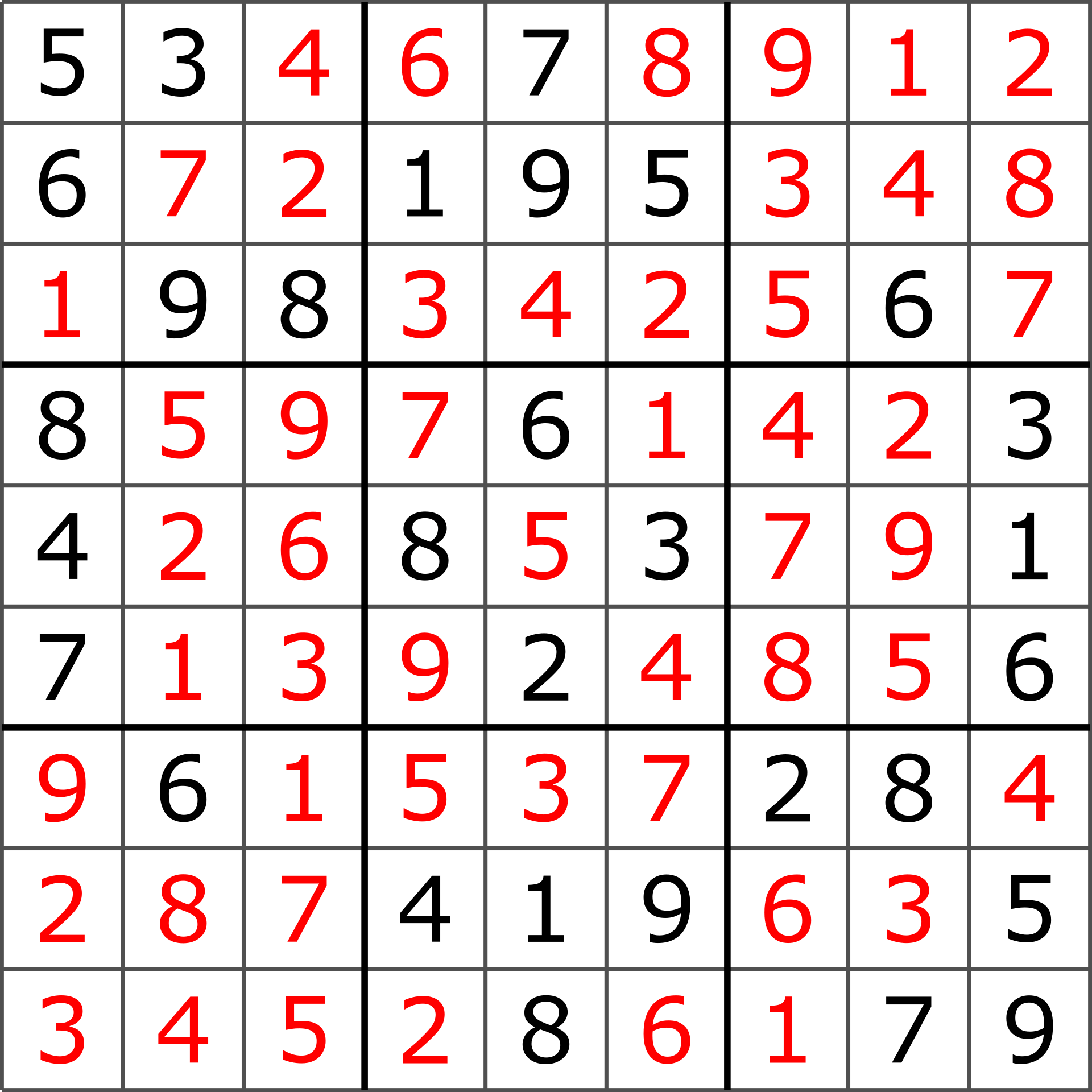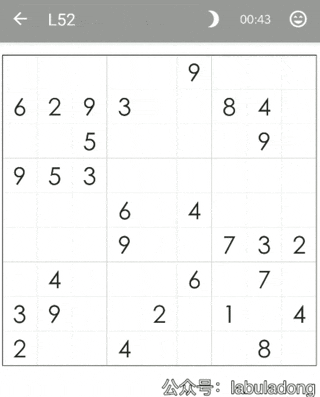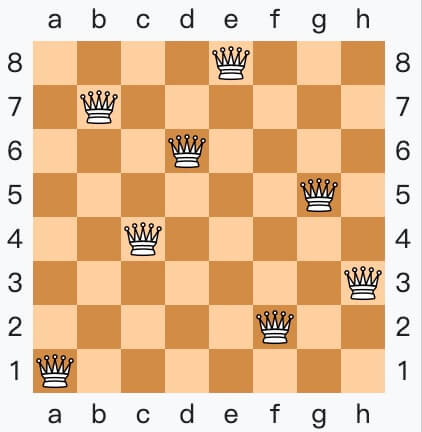Backtracking in Action: Sudoku and N-Queens
This article will resolve
| LeetCode | Difficulty |
|---|---|
| 37. Sudoku Solver | 🔴 |
| 51. N-Queens | 🔴 |
| 52. N-Queens II | 🔴 |
If you have already learned the Core Framework of Backtracking Algorithm, this article will explore two classic algorithm problems: Sudoku and the N-Queens problem.
I chose these two problems because their solutions are very similar, and they are both interesting applications of backtracking in real life.
Game Introduction
Sudoku
You may have played Sudoku before. It gives you a 9x9 board, where some cells are filled with numbers. You need to fill the rest with numbers 1 to 9, so that no number repeats in any row, column, or 3x3 sub-box.
Here is an example of a Sudoku puzzle (from Wikipedia):

When I was young, I tried to play Sudoku. If the puzzle was a bit hard, I could not solve it. Later, I found out there are some tricks to solve Sudoku. Some Sudoku apps can teach you these tricks, but I found them too complicated and lost interest.
Now, after learning backtracking, even hard Sudoku problems can’t stop me. As long as there are rules, we can use brute-force to find a solution, right?
Here is an example of solving Sudoku with backtracking:

I will explain the solution in detail later.
N-Queens Problem
In chess, the queen can attack any unit in the same row, column, or diagonal. The N-Queens problem asks you to place N queens on an N×N chessboard, so that no two queens attack each other.
In other words, put N queens on an N×N board so that each row, column, and diagonal has only one queen.
Here is a solution to the 8-Queens problem (from Wikipedia):

You can see, for any queen, there is no other queen in its row, column, or diagonals (top-left, top-right, bottom-left, bottom-right). So this is a valid solution.
Before talking about these problems, I want to show you a simple backtracking problem as a warm up. It will make it easier to understand how to solve Sudoku and N-Queens.
All Possible n-bit Binary Numbers
Let’s try a simple problem. Please write a function:
List<String> generateBinaryNumber(int n);vector<string> generateBinaryNumber(int n);def generateBinaryNumber(n: int) -> List[str]:func generateBinaryNumber(n int) []string {}var generateBinaryNumber = function(n) {};The function takes a positive integer n and returns all binary numbers (made of 0 and 1) of length n. You can return the answers in any order.
For example, if n = 3, you need to return the following binary numbers as strings:
000
001
010
011
100
101
110
111You can think of this problem as a simpler version of Sudoku and N-Queens:
This problem asks you to brute-force every position in a 1D array of length n. Each position can be 0 or 1.
Sudoku asks you to brute-force every position in a 9x9 2D array. Each cell can be 1~9, and no repeats in any row, column, or 3x3 box.
N-Queens asks you to brute-force every position in an N x N 2D array. Each cell can be empty or have a queen (like 0 or 1). No two queens can be in the same row, column, or diagonal.
So, if you understand how to brute-force this simple problem, the other problems are similar, just with more rules.